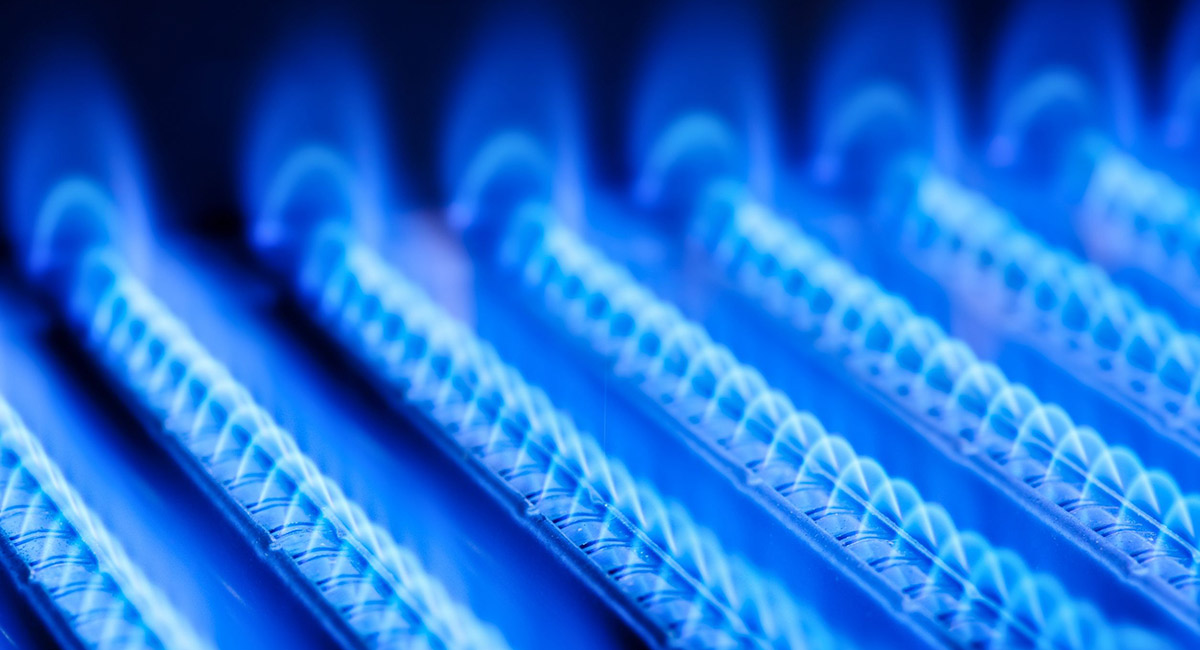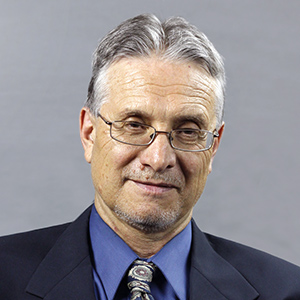“Necessity is the mother of invention, so what we’re doing is creating necessity, and the market will respond.”
That was San Leandro, California mayor Juan Gonzalez, a member of the Bay Area Air Quality Management District (BAAQMD). These regulators have approved a ban on natural gas–burning furnaces and water heaters starting in 2027. The measure drew considerable protest from residents of the San Francisco Bay Area, one of the most expensive places to live in the nation.
News reports cite a 2021 study from the Berkeley National Laboratory that electric heat pumps cost about $2,900 more than a gas-fired furnace, and there’s more. According to the air district, upgrading to a higher-amperage electric panel costs an average of $4,256 for single-family homes and $2,744 for some multi-family homes.
“Candidly, what I think is missing from this discussion is the fact that there is a middle class out there that is really hurting.” That was the view of San Mateo County supervisor Ray Mueller, who abstained from voting on the gas appliance ban.
“Has BAAQMD ever put a cost burden of this magnitude on the consumer before?” Mueller told reporters, “We’re going to be first in the nation, but we’ve never done this to the consumer before.”
Greg Nudd, deputy air pollution control officer for BAAQMD, claims that the ban is “eliminating an entire class of pollution.” Residents have room for reasonable doubt.
According to the air district, residential heating is responsible for only about 6.1 percent of all NOx emissions. Those emerge, in large part, from major industrial activity, commercial transportation, and also from electrical generation.
Last year, Gov. Gavin Newsom signed a measure to delay the closure of natural-gas electrical plants to avoid blackouts. “We need to do all we can to keep the power on until we get more renewable power available,” said state Sen. Bob Wieckowski, who supported the measure. “It’s a responsible approach.”
In 2021, California asked the Biden administration to allow some natural gas power plants to operate without pollution restrictions for 60 days. That year, Gov. Newsom relaxed restrictions on diesel generators, and the state’s water agency added natural gas-fired power plants to boost supplies.
In addition to excessive costs, scrapping gas furnaces and water heaters for electric units will force more demand on an electrical grid already under stress. During a heat wave last summer, Californians may recall, the state government was urging people not to charge their electric cars. Winter storms create other problems.
In early January, Bay Area resident Colin Daly was without power for nearly a week. “No hot water in addition to no power would make a house uninhabitable during a blackout,” Daly wrote to the air district, so “please leave this decision up to individuals.” The district and local politicians don’t see it that way.
For mayor Juan Gonzalez, the regulators are creating necessity and looking for the market to respond. As it happens, the market is already responding to the needs of individuals. The BAAQMD ban effectively prevents individuals from choosing the appliances that best meet their and finances.
Cities and regions across the country should start with energy realities, recognize the need for trade-offs, and craft policies that respect individual choice. That’s the responsible approach moving forward.








